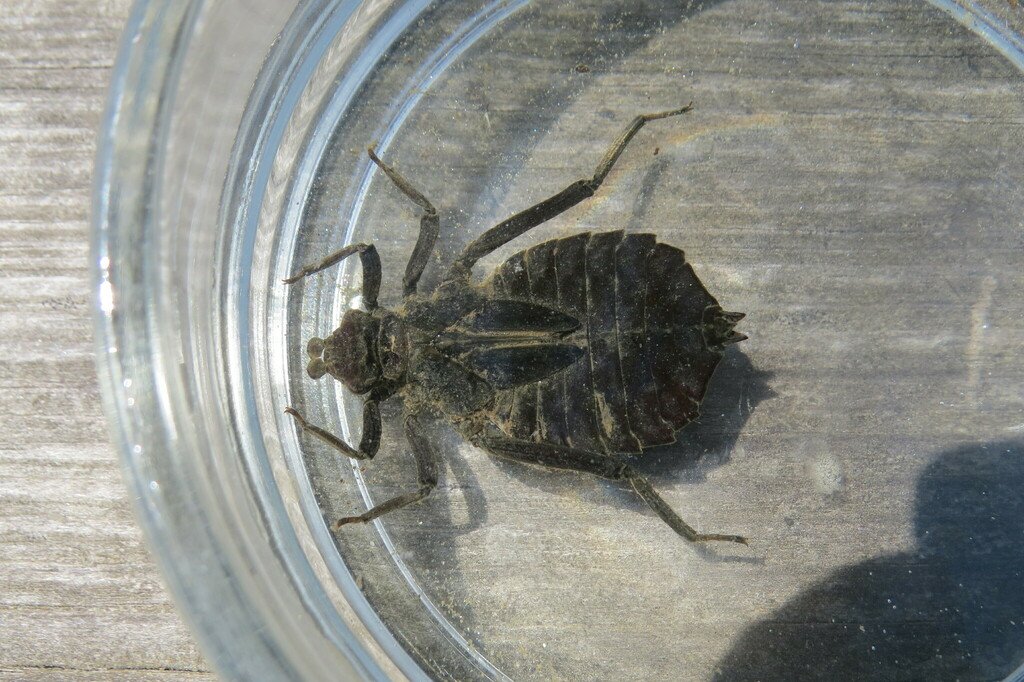

Recent Sightings of the Blue Ridge
Are you ready for the Naturalist Rally? Read about some of the recent finds during our programs around the Blue Ridge Discovery Center and beyond, and learn how to improve your chances of seeing some fascinating species before a weekend immersed in the Appalachian spring.

June is a Frenzy of Life
Here on our VA Blue Ridge Mountain farm, June is a time of rebirth and renewal in nature. Creatures seem to be in a rush to breed and of course must consume many resources to raise their young. It is a life and death struggle but an absolutely spectacular show for the nature lover.

Calico Pennant
Last Wednesday (5?14/14) my wife and I found a number of active dragonflies at Bass Lake on the outskirts of Blowing Rock, Watauga County, NC. We saw eastern pondhawks, common whitetails, Carolina saddlebags, and Calico pennants. The pennants sat still long enough for me to get a decent photo. Enjoy!